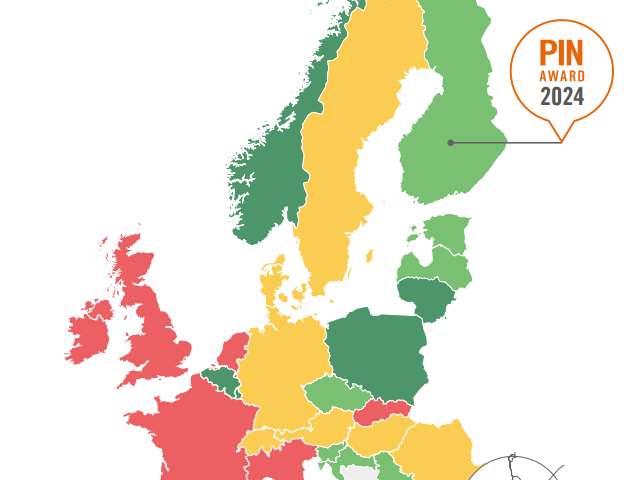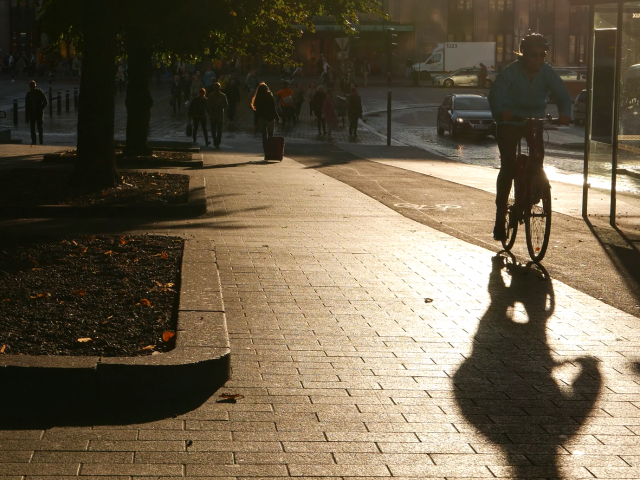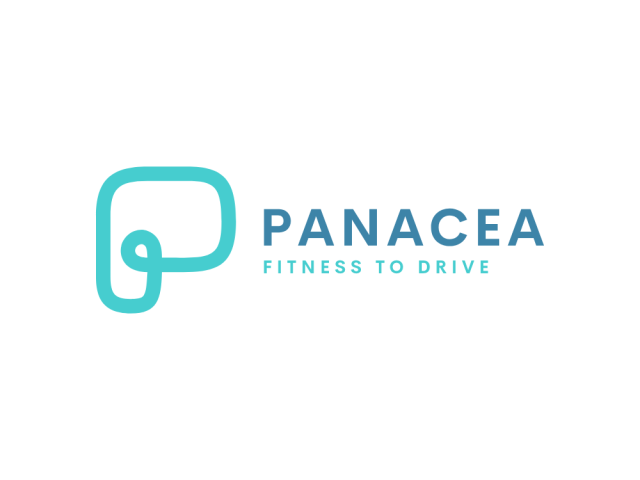
Member States want to cut the number of EU roads that require safety upgrades
EU Member States want to reduce the scope of proposed safety upgrades to the trans-european network (TEN-T) of main European roads.
Back in December 2021, the European Commission proposed an update to the existing rules including requirements for separate carriageways, no crossing of other roads, railways, cycle paths etc. at the same level, and no access to properties bordering the roads. These rules are standard on motorways, but the TEN-T core and extended networks include many rural roads that were not built to motorway standard. Member States would have had until 2040 to upgrade the core network which connects the biggest cities, and 2050 for the comprehensive network which connects other important towns and cities.
According to a European Council document agreed at the beginning of December, Member States want to go faster when it comes to the core network, with an earlier deadline of 2030. However, they removed references to the comprehensive network, and instead say the ‘extended core’, which would cover fewer roads, should be complete by 2040. ETSC says this will substantially reduce the safety potential of the legislation, not least because a high percentage of collisions occur on rural roads in Europe.
Member States also want to scrap the rule that the network of roads must not serve properties that border the affected routes. Some countries, like Ireland, were worried about the cost of building parallel access roads in rural areas. But ETSC says the European Commission’s original proposal that Member States could exempt roads with a traffic volume lower than 10,000 cars per day should be enough to ensure the most costly upgrades are not required for roads that are used infrequently.
On a positive note, ETSC was pleased to see Commission support for the requirement that large cities and towns on the TEN-T network, known in EU jargon as ‘urban nodes’, should be required to produce Sustainable Urban Mobility Plans (SUMPs) and submit safety data based on specified indicators.
The legislation is still subject to the scrutiny of the European Parliament, and negotiations between the three institutions will likely continue for several months.
See also: ETSC’s briefing to the Swedish presidency of the European Union January – June 2023








